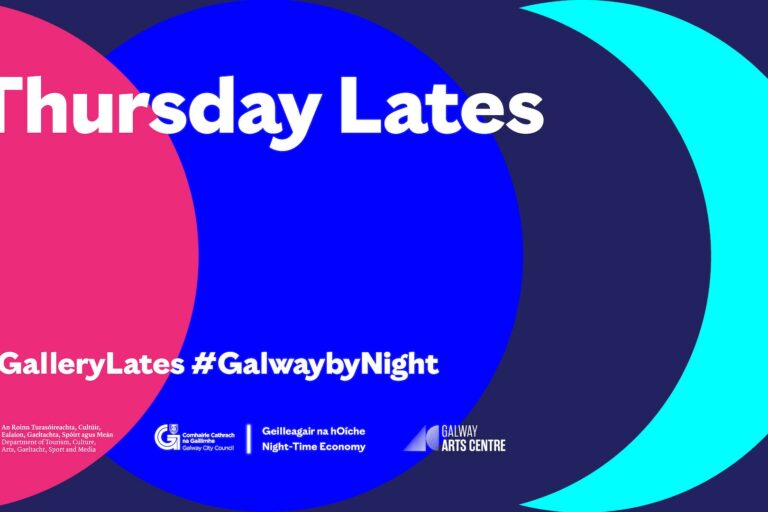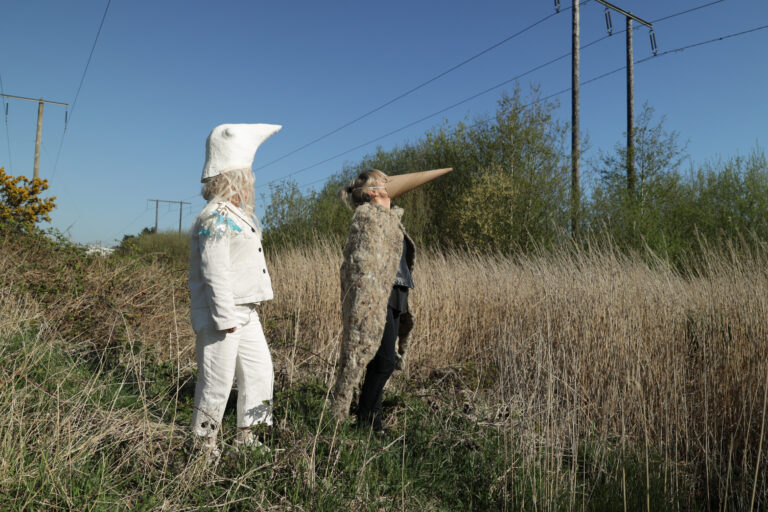Event Details
Date
19/06/2025
Time
6pm
Location
Galway Arts Centre
Ticketing
FREE
Event Type
Screening,
Additional Info
Q&A with director Treasa O’Brien and activist and ex-Hebron resident Rana Abushkhaidem, facilitated by Kate McSharry
Shuhada St. has been intermittently closed to Palestinians since 1994 and has been fully closed to them since 2001. The street and its surrounding neighbourhoods have become known as a ghost town due to the displacement of residents and restrictions on those who have stayed.
This film shot by O’Brien in April 2011, chronicles the history of the closure and includes interviews with current and former residents and shopowners, with settlers who now live on the street, and with lawyers working with the HRC. It also includes footage of previous non-violent demonstrations by Hebronites, and subsequent punishment shop closures by Israeli soldiers. Following the character of local human rights activist Issa Amro, who was born on the street, we visit the ‘ghost town’ of the historic city centre and find more life in the graveyard. Amro, like 200,000 other Hebronites, is not allowed on the street, but was able to walk there one time in 2006, when he found a legal document declaring the closure a ‘mistake’, but this freedom lasted only a couple of days.
Going beyond reportage, the film features a sequence of close-ups of the welded locks on the doors of the street and an interview with Hebron artist Hanadi Shabaneh who has made a giant puzzle of Hebron’s old city based on maps and research she made at the HRC. The mapping of the city is here presented as complex and puzzling rather than only geo-political, introducing the psychogeography of the citizen’s engagement with their daily place.
The film is a documentary that also dares to hope – a staged ‘opening celebration’ appears in the film in which ex-residents imagine that the street is open; they unlock their shops, they sing and make speeches. The celebration is a small and brief utopian moment, an intervention into the film that goes beyond ‘fact’, and opens up a space for imagining of how things might be.
The film concentrates on one particular campaign issue around the collective punishment of Palestinians due the closure of Shuhada St., their city’s lifeline. Along with the film’s central character, Issa Amro, and others working on a grassroots community level, audiences will also discover the resilience and inventiveness of Hebron residents, the activist resistance and strategy around it, as well as a wider discussion on modes of resistance, international solidarity movements, autonomy, recuperation, the camera as a weapon and acting like you’ve already won.




